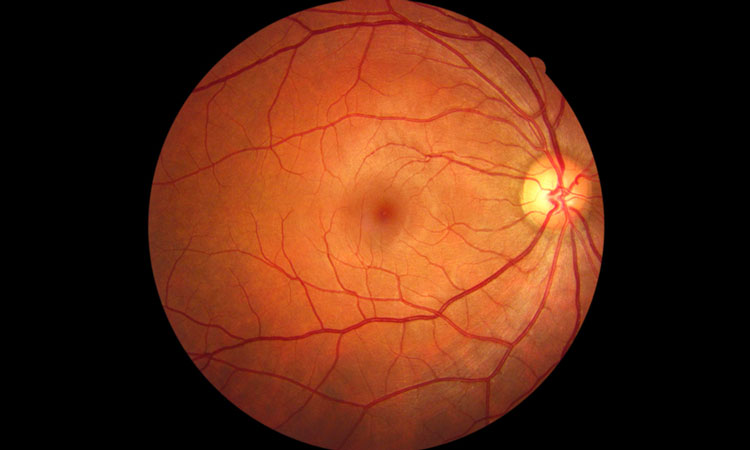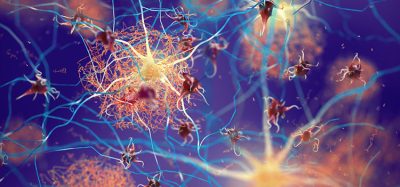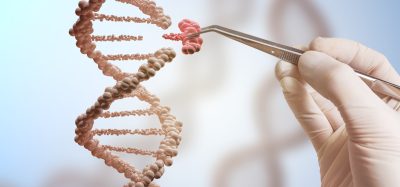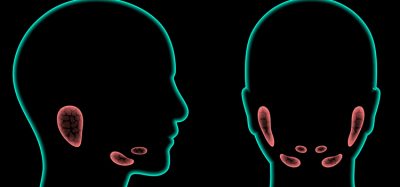AI used to diagnose diabetic eye disease
Posted: 8 January 2019 | Iqra Farooq (Drug Target Review) | No comments yet
Artificial Intelligence has been used to cost-effectively diagnose diabetic-related eye disease automatically with far more accuracy than current methods…


Artificial Intelligence has been used to support the early diagnosis of diabetes-related eye diseases, one of the main causes of blindness.
Researchers led by RMIT University have developed an algorithm that processes images and can automatically detect fluid on the retina of the eye – one of the key signs of the disease. It has an accuracy rate of 98 percent.
With 191 million people set to be affected by 2030, diabetic retinopathy is the leading cause of vision loss in adults. Its impact is growing worldwide.
Professor Dinesh Kant Kumar, at RMIT University, said that the method was cost-effective and instantaneous.
We know that only half of those with diabetes have regular eye exams and one-third have never been checked,” Prof Kumar said.
“But the gold standard methods of diagnosing diabetic retinopathy are invasive or expensive, and often unavailable in remote or developing parts of the world.
“Our AI-driven approach delivers results that are just as accurate as clinical scans but relies on retinal images that can be generated with ordinary optometry equipment.
“Making it quicker and cheaper to detect this incurable disease could be life changing for the millions of people who are currently undiagnosed and risk losing their sight.”
Currently, optical coherence tomography and fluorescein angiography are the most accurate method of diagnosing diabetic retinopathy. A cheaper method uses inexpensive equipment called fundus cameras, however this process is time-consuming and manual.
The researchers used the fundus images, and developed a method of automating the analysis of the images. The team collaborated with researchers in Brazil and used deep learning and artificial intelligence techniques.
The algorithm the team developed accurately and reliably identifies the presence of fluid from damaged blood vessels inside the retina.
The researchers hope that the method could be used for widespread screening of at-risk populations.
“Undiagnosed diabetes is a massive health problem here and around the globe,” Prof Kumar said.
“For every single person in Australia who knows they have diabetes, another is living with diabetes but isn’t diagnosed. In developing countries, the ratio is one diagnosed to four undiagnosed.
“This results in millions of people developing preventable and treatable complications from diabetes-related diseases. With further development, our technology has the potential to reduce that burden.”
The research is published in the journal Computers in Biology and Medicine.
Related topics
Analysis, Analytical Techniques, Artificial Intelligence, Disease Research, Imaging, Research & Development, Screening
Related conditions
Diabetes, diabetes-related eye disease
Related organisations
RMIT University
Related people
Professor Dinesh Kant Kumar








